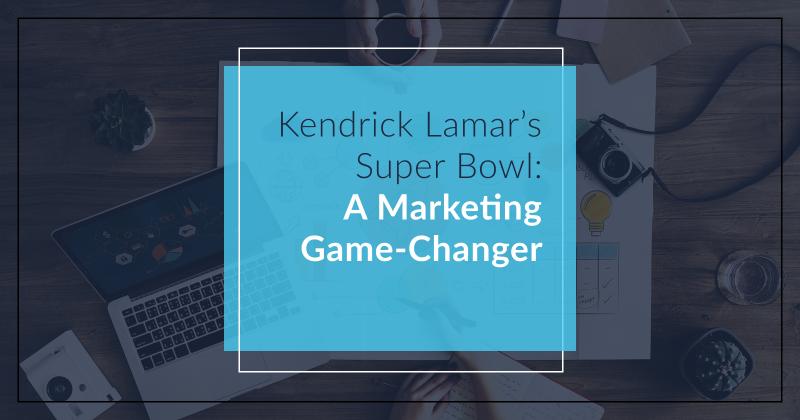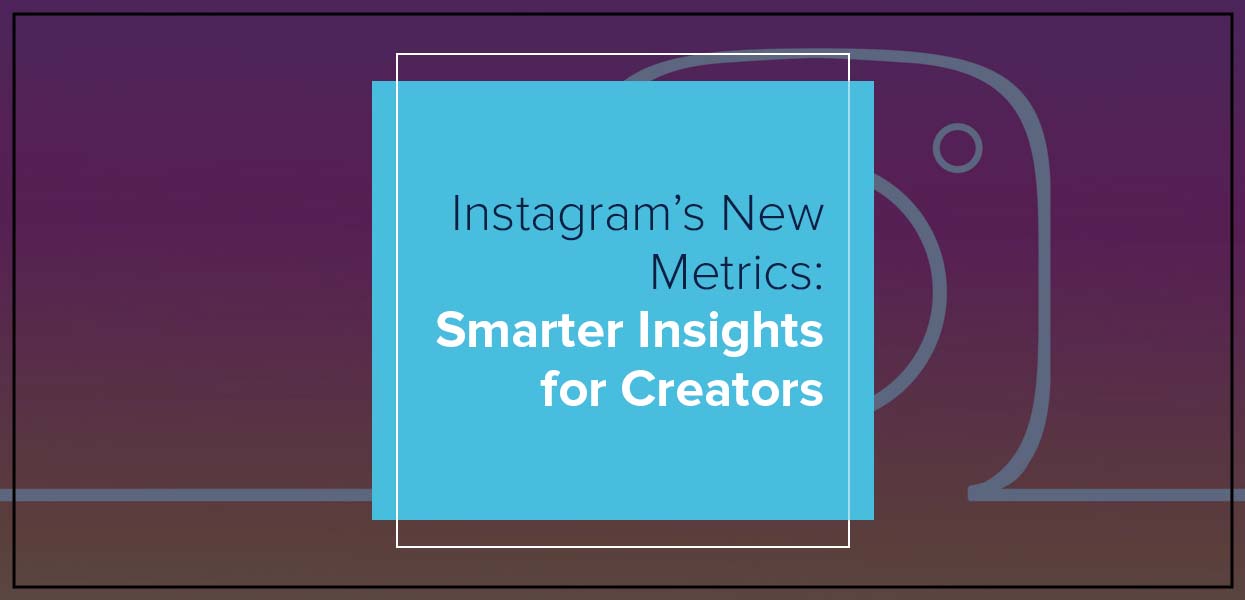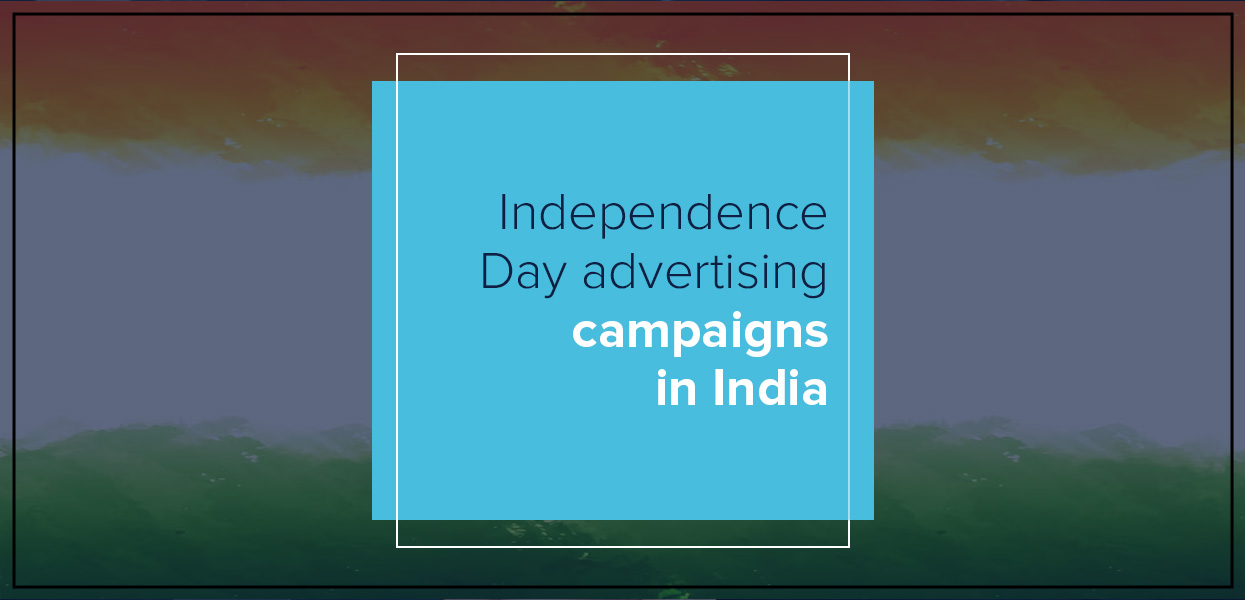Kendrick Lamar’s Super Bowl: A Marketing Game-Changer

For millions of viewers, the Super Bowl isn’t just about the game—it’s about the spectacle. Every year, the halftime show creates as much buzz as the championship itself, drawing global attention to the artist performing. But beyond the music, these performances are also a marketing masterclass, influencing fashion trends, brand engagement, and consumer behavior.
Yet, with all the excitement comes speculation, myths, and misconceptions. From rumors about artist payouts to exaggerated claims about the show's impact, not everything you hear about the Super Bowl and Kendrick Lamar’s performance is true.
Common Misconceptions About the Super Bowl and Kendrick Lamar’s Performance
Every year, the Super Bowl brings entertainment, sports, and marketing spectacle. But along with the hype, several misconceptions arise.
Here are some of the biggest lies surrounding Super Bowl performances and Kendrick Lamar’s show-stopping moment:
Super Bowl performances are unpaid: While it’s true that the NFL does not pay artists a performance fee, the exposure they receive leads to a massive surge in music sales, streaming, and brand collaborations.
Halftime shows don’t impact fashion and consumer behavior: Lamar’s performance proved otherwise. His outfit choices, from flared Celine jeans to Nike sneakers, sparked overnight trends, selling out in hours.
Only the game matters for marketing: While the game is central, halftime performances drive just as much attention, with brands scrambling to capitalize on the moment.
The Super Bowl is just about football: With millions tuning in for the ads and halftime show, the event is a marketing juggernaut where artists like Kendrick Lamar turn moments into movements.
The Super Bowl Advertising Price Tag: Why It’s Worth It
Super Bowl advertisements are notoriously expensive, with 30-second ad slots costing $7 million.
Why do brands pay such a premium?
The answer lies in unparalleled visibility—this is the one event where advertisers get to place their messages in front of over 100 million viewers at once.
For performers, the Super Bowl isn’t just about music; it’s an advertising opportunity in itself. Artists see massive boosts in streaming, sales, and cultural relevance. Kendrick Lamar’s performance was a textbook example of how a well-executed show can influence consumer behavior and brand engagement on a global scale.
Kendrick Lamar’s Influence: A Marketing Goldmine
Lamar’s halftime show didn’t just dominate headlines—it became a marketing case study. His performance of ‘Not Like Us’ reignited the hip-hop feud with Drake, capturing social media conversations and driving streaming numbers through the roof.
But the impact extended beyond music:
Fashion Trends: Brands wasted no time capitalizing on Lamar’s outfit. Retailers quickly advertised “Kendrick-inspired” looks, with Celine flared jeans selling out and Nike sneakers experiencing a 413% sales spike.
Jewelry & Accessories: Several jewelry brands began marketing chains and rings as the “Kendrick look,” leveraging his influence to boost sales.
Sneaker Resale Boom: Platforms like StockX saw a surge in resale prices for the Nike Air DT Max '96 after Lamar sported them on stage.
Apparel Brands Cashing In: Clothing brands rushed to market similar jackets, t-shirts, and even entire outfits inspired by Lamar’s Super Bowl look, highlighting how celebrity influence drives retail demand.
Luxury Brands Leveraging Hype: High-end fashion labels took note, with some launching limited-edition items tied to Lamar’s performance, further embedding his cultural impact into the fashion world.

The Advertising & Marketing Perspective of Kendrick’s Performance
From a branding and advertising standpoint, Kendrick’s Super Bowl moment was a masterclass in influence. Here’s how brands leveraged his performance:
Social Media Capitalization: Major brands referenced his lyrics and performance clips in their marketing, driving engagement.
Consumer Behavior Shift: The demand for Kendrick’s fashion choices reflected how artists can shape purchasing decisions overnight.
Collaborations & Brand Endorsements: Companies saw the opportunity to align themselves with Kendrick’s aesthetic, from sneaker companies to high-end fashion labels.
Music as Marketing: His Billboard domination post-Super Bowl reinforced how music performances serve as marketing tools, turning songs into cultural touchpoints.
Brands Using Kendrick’s Image Indirectly: Even brands that weren’t directly associated with the performance leveraged the hype, using phrases like "as seen on Super Bowl night" to push products similar to what Kendrick wore.
How Brands Leveraged Kendrick’s Performance for Profit
Kendrick Lamar’s Super Bowl presence wasn’t just a win for music—it was a goldmine for brands looking to cash in on his influence.
Here’s how different industries used his performance to drive sales and engagement:
Streetwear and Fashion Brands: Many clothing labels quickly launched collections inspired by Lamar’s look, labeling their products as "Super Bowl halftime-inspired" to attract buyers.
Luxury Retailers: High-end fashion houses leveraged their outfit choices by promoting similar styles as “as seen on Kendrick,” boosting sales.
Sportswear Companies: Nike capitalized on the sneaker craze, highlighting the retro Air DT Max ‘96 in social media ads, leading to an increase in resale value.
Jewelry Brands: Companies marketed chains, rings, and other accessories mimicking Lamar’s performance look, selling them as part of a “Kendrick collection.”
Streaming Platforms: Music streaming services pushed playlists and ads featuring Lamar’s Super Bowl setlist, increasing engagement and subscription numbers.
Sneaker Resellers: The demand for Lamar’s sneakers saw a massive spike, with resale platforms marking up prices as fans scrambled to own a piece of Super Bowl history.
The Power of Influence in Advertising
Kendrick Lamar’s Super Bowl performance demonstrated how modern marketing is deeply tied to celebrity influence. Brands that were quick to adapt and integrate his moment into their strategies saw tangible results. This underscores the growing trend of artists shaping consumer behavior, turning cultural moments into economic opportunities.
Final Thoughts
The Super Bowl isn’t just the biggest sporting event of the year—it’s a marketing powerhouse. Kendrick Lamar’s halftime performance proved that influence extends beyond music, impacting fashion, brand engagement, and consumer behavior. Brands that recognized and acted on this cultural moment saw major gains, reaffirming that the Super Bowl is as much about marketing as it is about football.
From sneakers to streaming, every industry found a way to leverage Lamar’s moment in the spotlight, proving that the true winners of the Super Bowl aren’t just the teams on the field, but the brands that know how to seize the moment.
Brands that tap into cultural moments drive real impact—something Uniworld Studios specializes in. With expert strategies in brand positioning and digital marketing, we help businesses turn trends into opportunities that last.
Categories
- Digital Marketing
- Website Development
- Graphic Design
- Content Writing
Latest Posts
-
- Essential Marketing & Advertising Keywords 2025



